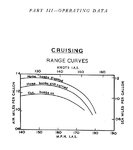Emac44
Staff Sergeant
The B24 was superior to the Lanc in the PTO.
do you want to detail Lancaster Squadrons in Pacific operations as i don't have information on that or are you referring to Lincolns perhaps. and by the way Lincolns were used very effectiviely in Malayan campaign in the 1950s


